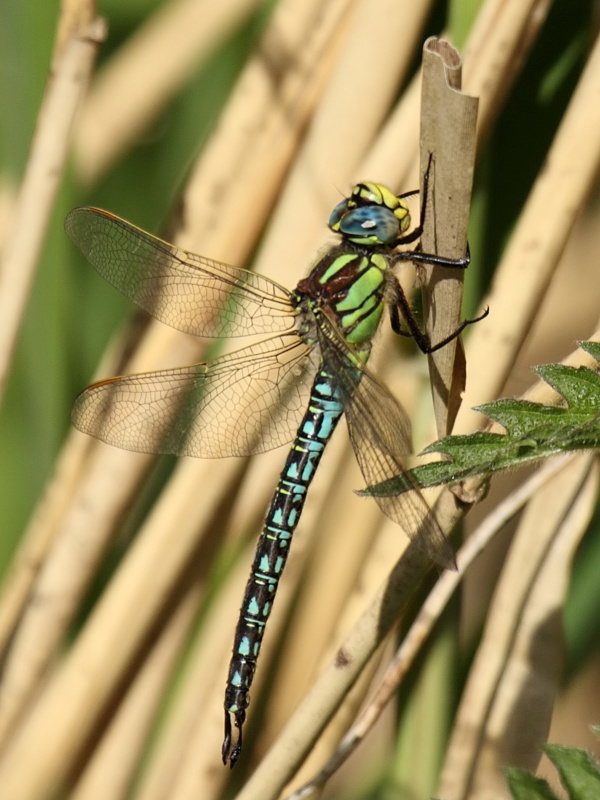Facts About Hairy dragonfly
Brachytron, a distinctive genus of European dragonflies within the Aeshnidae family, includes just one species: the hairy dragonfly, also known as the hairy hawker or spring hawker. This dragonfly is notable for its hairy thorax and elongated, narrow pterostigma on each wing. Males exhibit blue oval-shaped markings on their abdomens, while females display yellow ones, both complemented by thin green stripes on their thorax. Interestingly, the hairy dragonfly is the smallest hawker species in the UK, significantly smaller than its Aeshna relatives.
These dragonflies can be found around ponds, lakes, fens, ditches, and canals—essentially any water body rich in vegetation such as common club rush, common reed, great fen sedge, and true bulrush. They thrive in sunny, open areas with dense plant cover, which offers protection and a fertile feeding ground filled with flying insects. However, they are sensitive to environmental changes, such as poor water quality or ineffective ditch management, which can cause their temporary disappearance. They are also quite particular about the weather, preferring to fly only when the sun is out and retreating quickly when it clouds over.
Regarding feeding, hairy dragonflies are aerial hunters, capturing flying insects mid-flight and consuming them on a convenient perch. Their active period is relatively brief, spanning from mid-May to mid-July. During this time, females lay their eggs in dead vegetation or live stems near water. After roughly two years, the larvae emerge, either climbing plant stems above the water or crawling inland to find a suitable spot to spread their wings and take flight.

 Ireland
Ireland